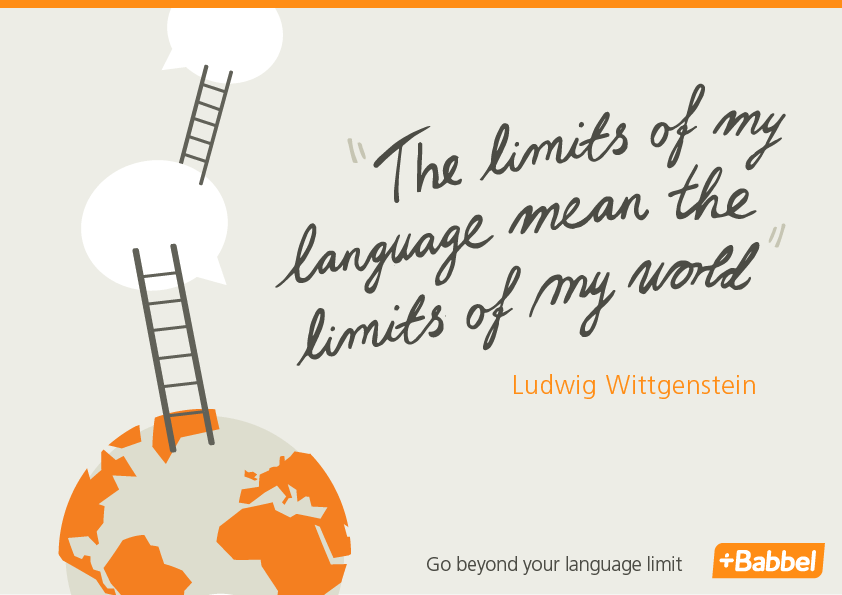It has been a wonderful journey of discovery that has spanned a four year time frame. It doesn’t seem possible that it was four years ago that I began teaching at a brand new school that was created to push every boundary of traditional learning well and truly into the 21st century and beyond! From the humble beginnings of simply 3 open, agile learning spaces with 86 students from Early Stage One through to Stage Three and 16 highly motivated, dedicated staff we have now GROWN to nearly 1000 students from Preschool to Year 9.
I knew this would be an extraordinary opportunity as we entered the new school initially through a window that had been converted into a door…and as our team co-created the school motto ‘Live the Good News’ together with our visions and mission we have ensured that our families and students understood that ‘Learning = Infinite Possibilities’.
St Luke’s nurtures faith-filled, curious children to become creative contributors and innovative problem solvers for a changing world.
Looking back there have been so many highlights and growth both for the school and myself. The staff have become a family that happily welcome new members every year and I often think how lucky I have been to expand my personal and professional skills and abilities. Taking a huge leap into the unknown has challenged me to become more resilient, take risks, build capacity, be innovative and think outside the square to problem solve each and every day.

Our school in 2017 with the HUB being built 
School of Foundations being built in 2018
Every year has enabled growth for the students, staff and of course the building of new and innovative learning spaces…we have learnt that some changes take longer than others (building) while everyone works together to ensure that our student’s needs are not only met but that they have voice and choice in their own learning. Play and well being remain an integral part of the daily learning of all students. It definitely looks different across all the various stages of students and learning spaces but something that 2020 has taught us is to listen more carefully to what the students need to help them focus and do their best learning…brain breaks, learning outside, stop and meditate, self directed learning. Play isn’t just fun, it is a way for our students to develop their critical social skills and build relationships with each other to set them up to be successful in an ever changing world that requires them to be not only innovative but collaborative participants too. What I truly love is seeing how the students utilise the knowledge and skills that they have learnt during their more formalised lessons and then choose to transfer that information into their self directed learning. I’ve included some examples for you to see…just as a side note we use zones of regulations to help us understand our feelings better.

During my time at St Luke’s I have had the absolute pleasure of teaching Early Stage One, Stage One and taking on the role of Religious Education Inquiry Leader K-4 in 2019 where I have coached and co-taught with many wonderful teachers. These opportunities have enhanced my leadership capacity and teaching skills. Being able to work collaboratively and building strong relational trust with staff has been so inspirational that I have decided to take yet another leap of faith. This next leap sees me moving to a different school as the Religious Educational Coordinator. The students that I teach are struggling a little bit to understand why I am leaving and have been asking me that same question A LOT. Having participated in a workshop led by Anthony Maher has enabled me to understand far better the reasons that I’m leaving…put simply I’m working on “flourishing” as I haven’t yet reached that goal where I can say that I’ve achieved everything I need to allow me to lead the best life possible. I’m taking a step towards meeting my own personal goal of flourishing and reaching out to others.
At St Luke’s I have learnt tremendously, laughed heaps, played and now I’m leaving…this learning community filled with amazing educators, students and families will remain in my heart ALWAYS!!
To finish I wanted to share some memories with you all…this is my community…













































































